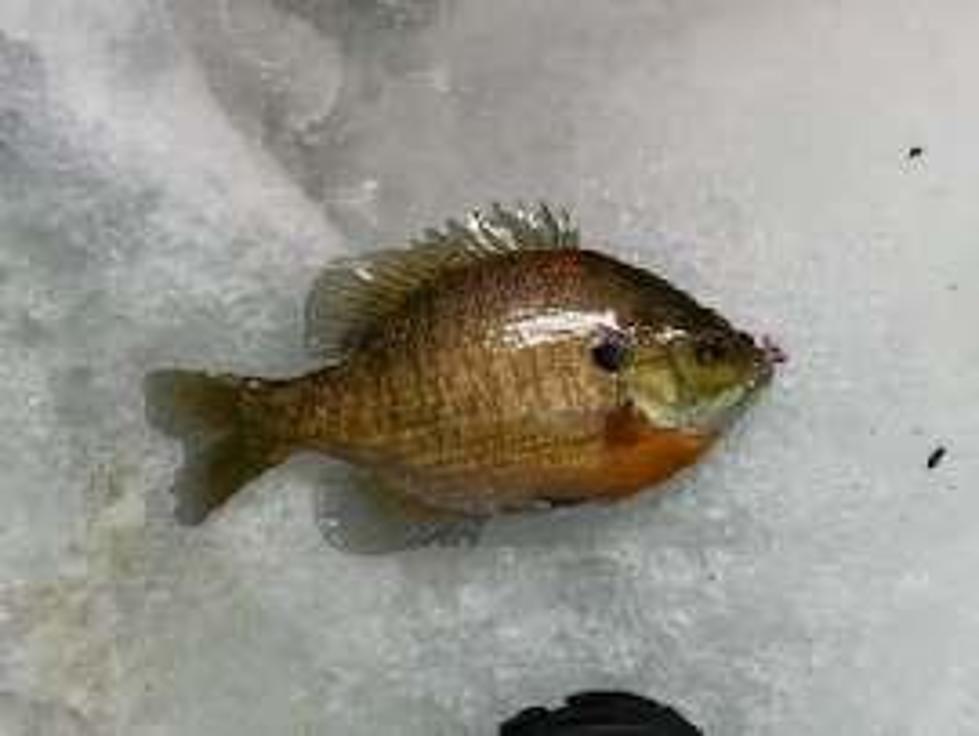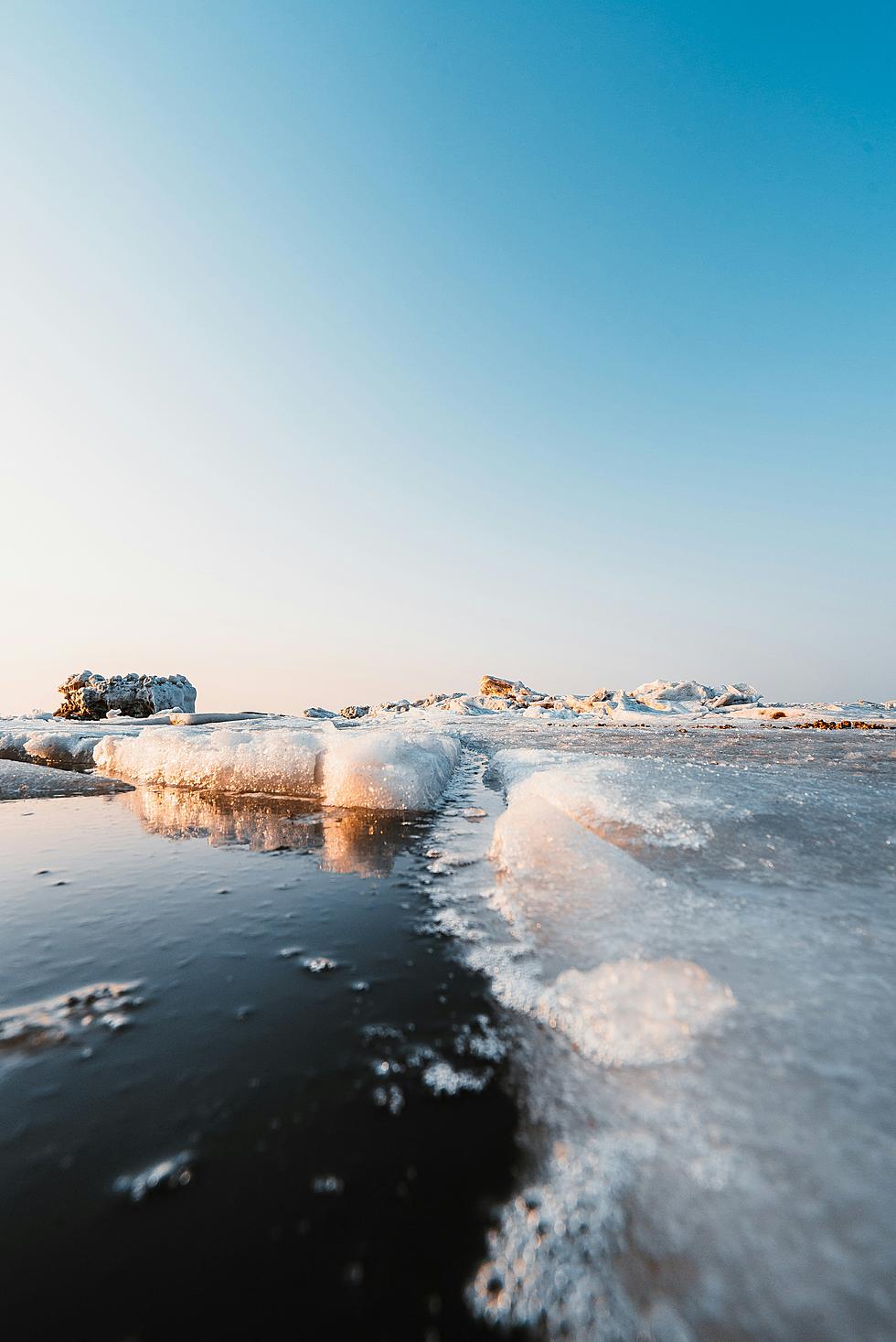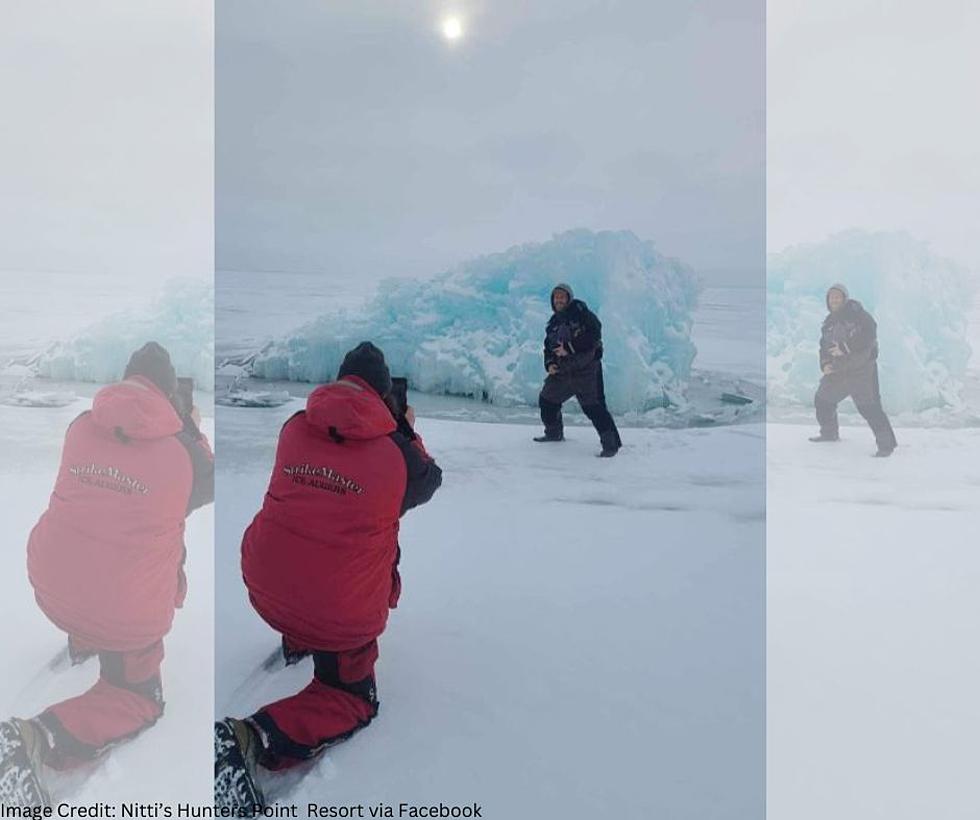
Early Ice Panfish Junkie
Early Ice Panfish Junkie
The early ice is always an interesting period in the fishing calendar. It is definitely one of my favorite times of the year for angling.
Although most of my open water fishing is spent targeting walleyes and bass, when it comes to the early ice period, I most certainly become a panfish junkie. I enjoy eating these tasty fish, I like the fact they are cooperative biters and I appreciate being able to find them on a consistent basis.
When it comes to locating early ice sunfish and crappies, I usually find myself going back to the same half dozen lakes I target each winter. I have learned through experience what to expect on these lakes which brings me to my first point.
Panfish, especially crappies, are quite predictable when it comes to their early ice locations. On the lakes I target, the fish are always located in a deep section of the lake that is usually referred to as a deep basin.
The exact location in this basin may change somewhat from year to year which will require a little searching to find the fish. However, there are times when the schools of fish are pretty much in the exact spot I found them other years. GPS data can be very beneficial.
These fish will be suspended and roaming. This means that sitting in one hole and pulling a mess of fish is probably not going to happen. On the contrary, when I locate fish, I will drill out eight to ten holes in the area. This will allow me to relocate the roaming fish once they leave the hole I am working.
Because the crappies and gills are suspended, they become easier to find. By dropping my transducer in a hole, I can instantly read my Vexilar and determine if there are fish present. If I don’t mark fish, I move on to another hole until I do see fish.
Frequently, I will pour a little water on the ice for my transducer and take a reading through the ice before I ever drill a hole. Because the fish are suspended they will show up clearly on my Vexilar. This can be a huge time saver when searching for fish.
Once I do get down to the serious work of catching, I am a fanatic about my technique. I have learned that light, supple line and small jigs are extremely important in the equation of success.
Two-pound-test is my standard line weight. It will hang straight with no memory and communicate the tiniest of bites back to the surface. I am also a big believer in tungsten jigs. Dave Genz puts it well when he says they are “small but fish heavy.” Clam’s Drop Jigs are ideal.
Along with the tiny jigs, I will usually use plastic. Depending on the mood of the fish, I may attach one or two Euro larvae, as well. If the fish are aggressive, I will go without larva and just use plastic.
There is one last point I want to make about the early season bite. I find that these fish can usually be caught during the day. There is no doubt that the low light bite is better, however, there are advantages to being able to fish during the daylight hours.
Early ice is a great time to fish panfish. It is easy to understand how someone can get hooked on ice fishing at this time of the year.
More From 103.7 The Loon









